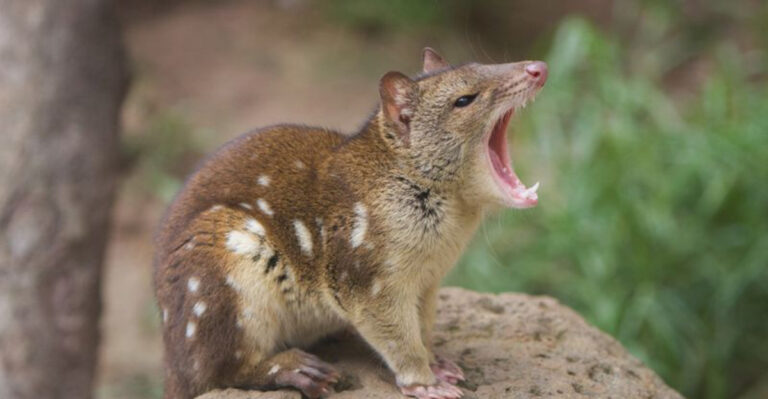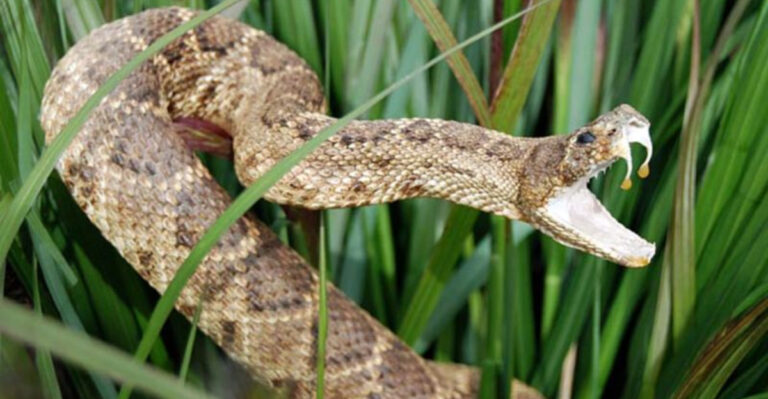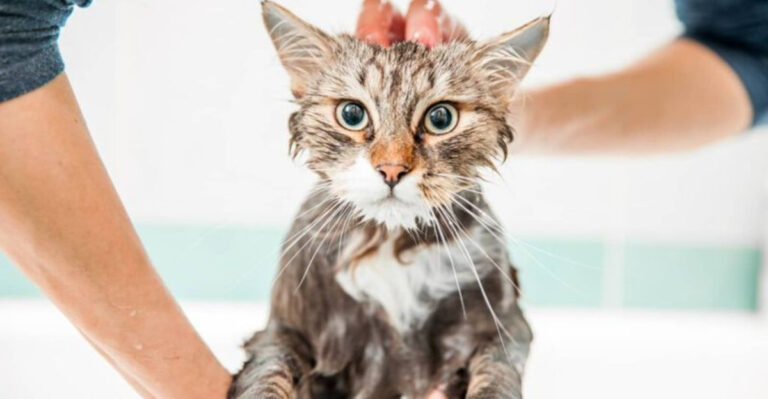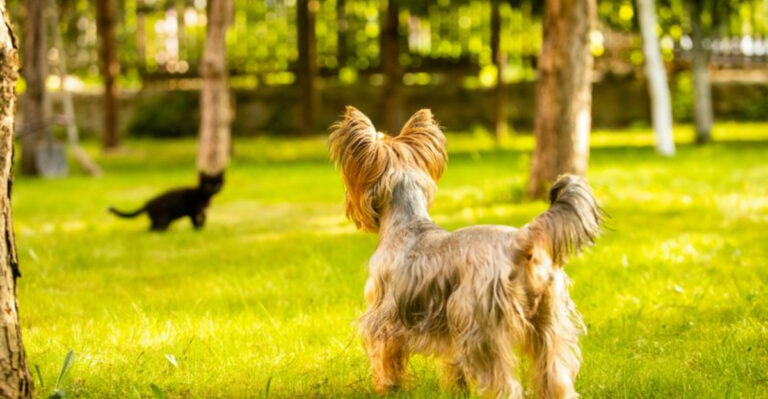Australia’s 10 Most Deadliest Snakes

Australia is home to some of the world’s most venomous snakes, slithering silently across the Outback and coastal regions.
From the lightning-fast Eastern Brown to the notorious Inland Taipan, these reptiles have evolved toxins that can cause severe damage to humans. While encounters are rare and deaths even rarer thanks to antivenom, knowing which snakes pose the greatest threat could one day save your life.
1. Inland Taipan (Fierce Snake)
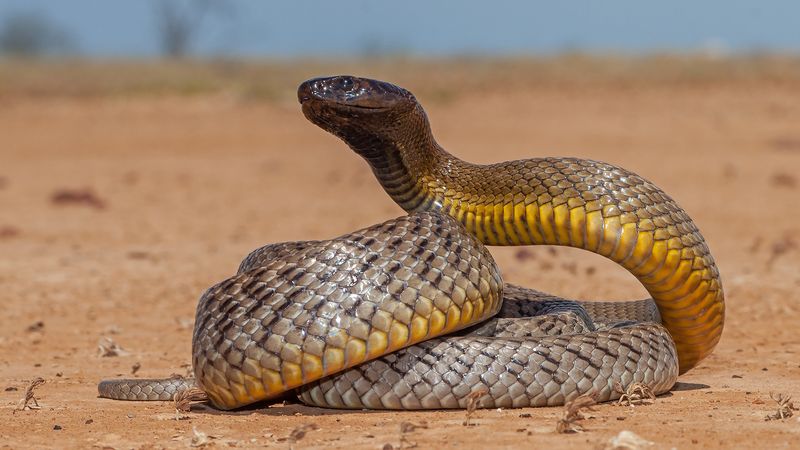
Drop for drop, the venom from this shy outback dweller is potent enough to kill 100 adult men with a single bite.
Despite packing such a deadly punch, these snakes typically avoid humans, preferring to hunt small mammals in remote desert regions. The Inland Taipan changes color seasonally – darker in winter to absorb more heat, lighter in summer to reflect it. Thankfully, their remote habitat means human encounters are extremely rare.
2. Eastern Brown Snake
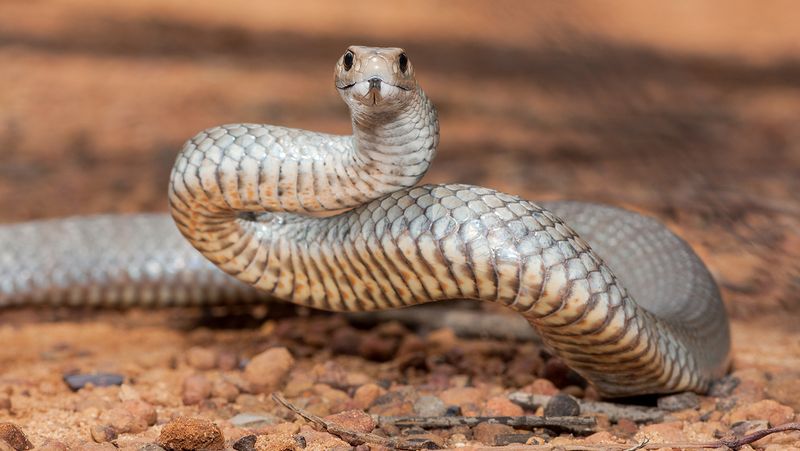
Responsible for more snakebite deaths than any other Australian snake, these slender speedsters can chase down prey at alarming rates. When threatened, they’ll raise their body in an S-shape, ready to strike with lightning speed.
Found in populated areas across eastern Australia, their tendency to enter yards and homes increases encounter risks. Their venom causes progressive paralysis and prevents blood from clotting, making quick medical attention crucial after any bite.
3. Coastal Taipan
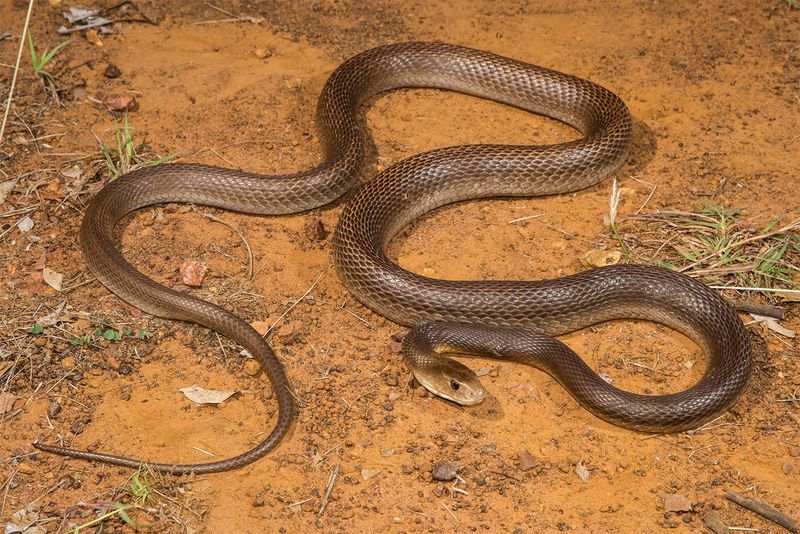
Lightning reflexes make this coastal killer one of Australia’s most feared serpents. Before antivenom was developed in 1956, bites from this species were almost always fatal, earning it a terrifying reputation among coastal communities.
Growing up to 2 meters long, these nervous snakes deliver multiple strikes when cornered. Their neurotoxic venom works rapidly, affecting the nervous system and blood clotting. Cane fields and sugar plantations are their preferred hunting grounds.
4. Tiger Snake

Banded like their big cat namesakes, these chunky predators pack venom that attacks the blood, muscles, and nerves simultaneously. They’ve adapted to diverse habitats from coastal regions to mountain streams, making them widespread across southern Australia.
Famous for their defensive display, Tiger Snakes flatten their necks and raise their bodies when threatened. Local populations show remarkable color variations – from jet black in cool areas to bright yellow stripes in warmer regions.
5. Death Adder
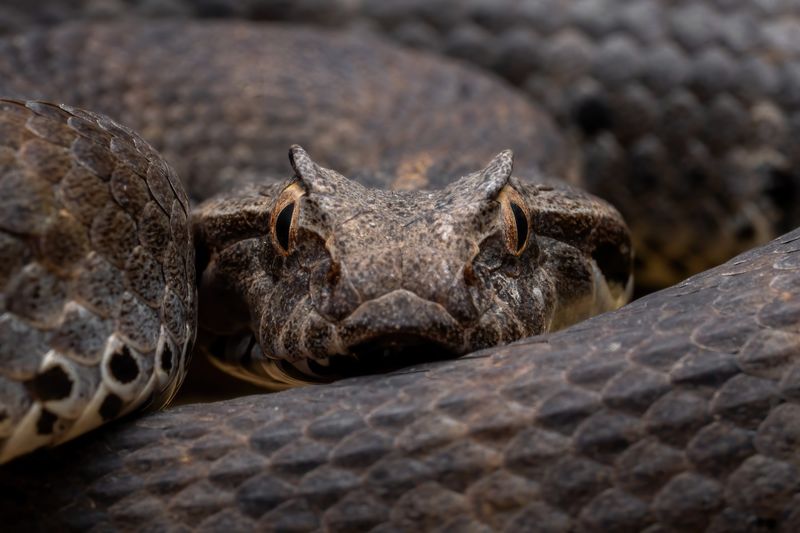
Master ambushers with a name that leaves nothing to the imagination, Death Adders bury themselves in leaf litter and wiggle their worm-like tail tip to lure curious prey. Unlike most Australian venomous snakes, they don’t flee when threatened – they simply freeze and strike if disturbed.
Their short, fat bodies and triangular heads resemble vipers, though they’re actually elapids. Their neurotoxic venom can cause complete paralysis, including respiratory muscles, within six hours without treatment.
6. Mulga Snake (King Brown)

Don’t let the “King Brown” nickname fool you – these monsters belong to the black snake family despite their brown coloration. As Australia’s longest venomous snake, they can stretch nearly 3 meters and deliver massive venom yields during a bite.
Roaming the arid center of Australia, these powerful hunters will tackle anything from lizards to other snakes. Their venom breaks down tissue and blood cells, causing severe local swelling, bleeding, and potential kidney damage if not treated quickly.
7. Lowland Copperhead
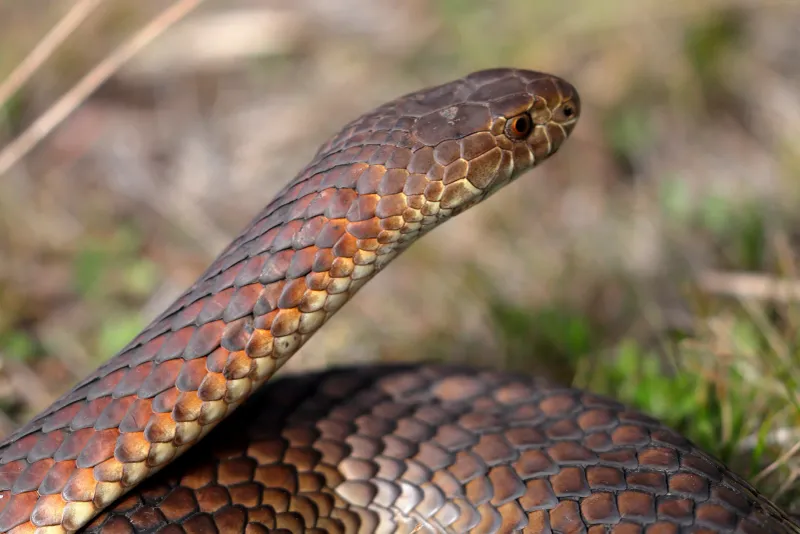
Freezing temperatures that would send most snakes into hiding don’t bother these cold-adapted hunters. Active even on snow-dusted ground, Copperheads are unique among Australia’s deadly snakes for thriving in cooler climates, including Tasmania’s chilly highlands.
Unlike their shy relatives, these coppery-headed serpents often freeze rather than flee when spotted. They’re particularly dangerous during spring when emerging hungry from winter dormancy and in wetland areas where their reddish-brown coloration blends perfectly with mud and reeds.
8. Red-Bellied Black Snake

Glistening jet-black scales with a crimson underbelly make this waterside hunter one of Australia’s most recognizable serpents. While less aggressive than their cousins, their venom can still cause serious illness, though no confirmed deaths have occurred in recent decades.
Frequently encountered near creeks and wetlands across eastern Australia, they actually help reduce Brown Snake numbers by preying on them. Many Aussies consider these beautiful snakes beneficial neighbors despite their potent venom, as they prefer to avoid confrontation when possible.
9. Western Brown Snake (Gwardar)
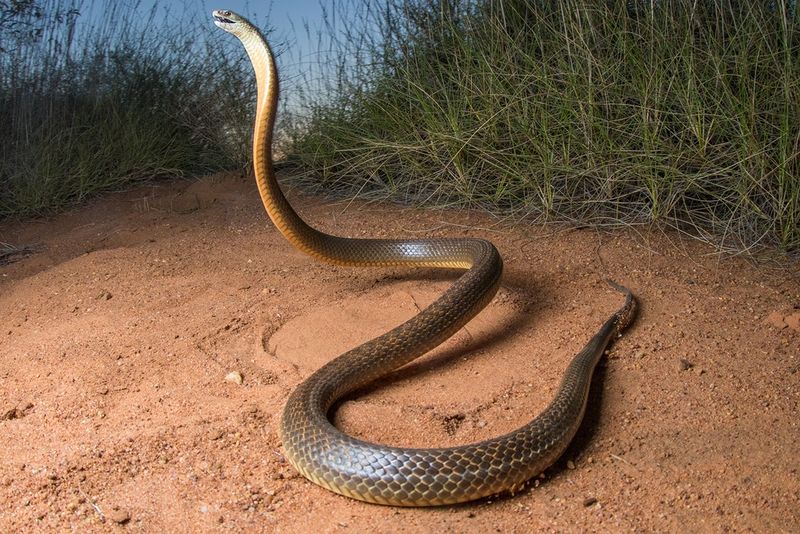
Speed demons of the western deserts, these highly-strung relatives of the Eastern Brown can cover ground faster than humans can run. Their name “Gwardar” comes from an Aboriginal word meaning “go the long way around” – sound advice when encountering these irritable serpents.
Adapting brilliantly to harsh conditions, they hunt during the scorching day when other snakes seek shelter. Their venom contains potent neurotoxins and coagulants that can cause paralysis and uncontrollable bleeding, making them responsible for numerous bites in remote areas.
10. Rough-Scaled Snake
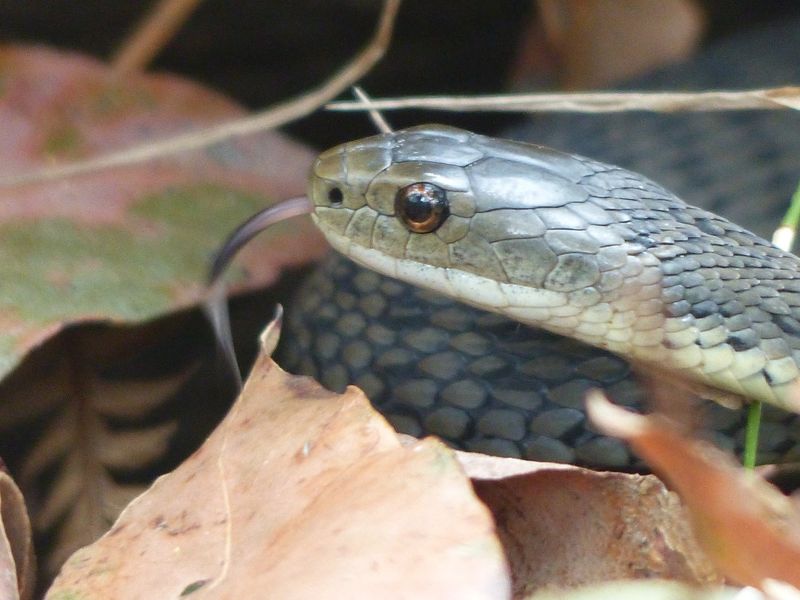
Keeled scales give these nocturnal hunters a distinctly rough texture unlike the smooth, glossy appearance of most Australian elapids. Though less famous than their deadlier cousins, their venom ranks among the most potent, containing powerful neurotoxins that attack the nervous system.
Tree-climbing experts, they hunt sleeping lizards and frogs in eastern coastal forests. Their unusual defensive display involves raising their body in tight S-shaped loops rather than flattening out. Despite their potency, their secretive nature means human encounters remain relatively rare.

